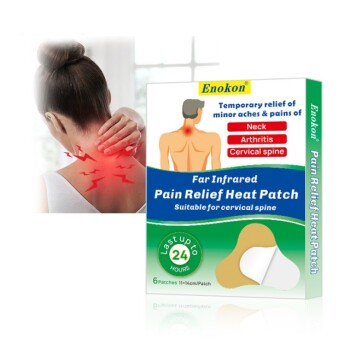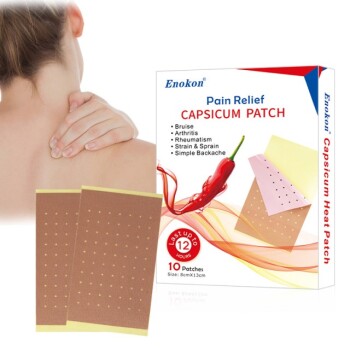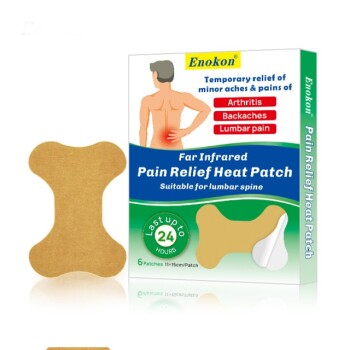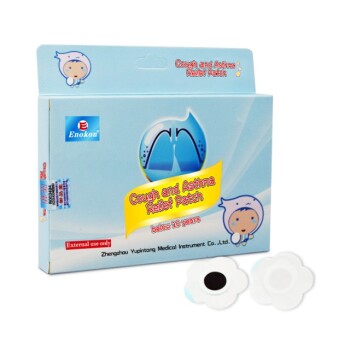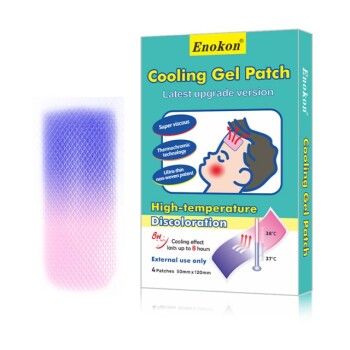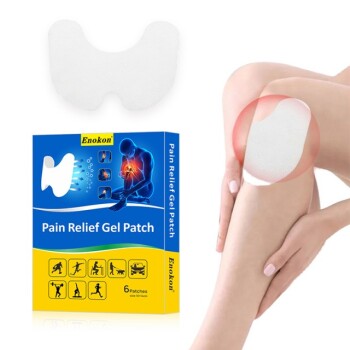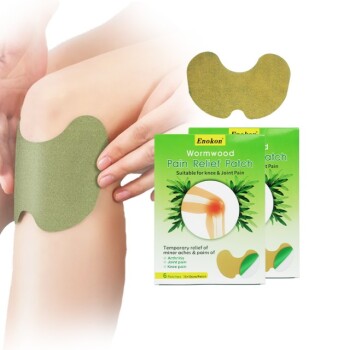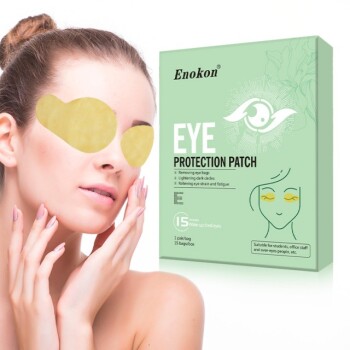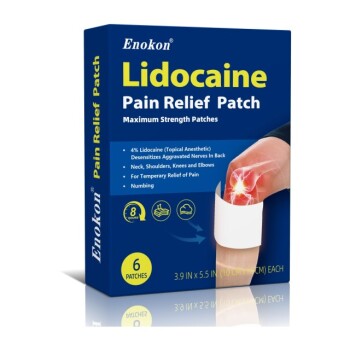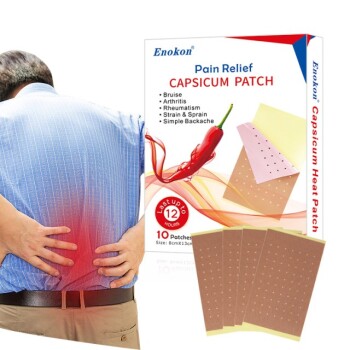The selegiline skin patch is not recommended for treating depression in children due to significant safety concerns, particularly the risk of suicidal thoughts or attempts in pediatric populations. Clinical evidence and prescribing guidelines consistently advise against its use in children under 12 years old, with broader cautions extending to teenagers and young adults. The medication's administration protocol (6-12 mg/24 hours via intact skin) also presents practical challenges for pediatric use.
Key Points Explained:
-
Contraindication for Pediatric Use
- Selegiline transdermal patches are explicitly contraindicated for children younger than 12 years old across multiple authoritative sources. This restriction is based on documented safety profiles rather than dosing limitations.
-
Elevated Suicide Risk
- Clinical studies reveal heightened risks of suicidal ideation and behaviors in children, adolescents, and young adults using antidepressants like selegiline. This aligns with FDA black box warnings for similar MAOI medications.
-
Administration Challenges
- The standard protocol requires daily application to intact skin (upper arm/torso/thighs) with incremental dose escalation (6mg→12mg over weeks). Pediatric patients may struggle with:
- Consistent patch adhesion due to higher activity levels
- Precise dosing adjustments needed for smaller body mass
- Risk of accidental ingestion if patches are mishandled
- The standard protocol requires daily application to intact skin (upper arm/torso/thighs) with incremental dose escalation (6mg→12mg over weeks). Pediatric patients may struggle with:
-
Alternative Treatment Considerations
While selegiline patches aren't suitable, pediatric depression management typically involves:- SSRIs with established safety profiles (e.g., fluoxetine for ≥8-year-olds)
- Cognitive behavioral therapy as first-line intervention
- Close monitoring during medication initiation
-
Regulatory Consensus
Multiple drug safety agencies uniformly discourage off-label use in pediatrics, emphasizing:- Lack of efficacy data for childhood depression
- Irreversible MAOI effects that may disproportionately affect developing neurotransmitter systems
For healthcare purchasers, this underscores the importance of stocking age-appropriate alternatives and ensuring prescribers have access to current safety advisories about antidepressant use in pediatric populations.
Summary Table:
| Key Concern | Details |
|---|---|
| Age Restriction | Contraindicated for children <12 years |
| Suicide Risk | Black box warning for suicidal ideation in young users |
| Dosing Challenges | Difficult adhesion & precise adjustments for small body mass |
| Alternatives | SSRIs (e.g., fluoxetine) + therapy preferred |
| Regulatory Stance | Global agencies prohibit off-label pediatric use |
Need reliable, age-appropriate transdermal solutions? As a trusted manufacturer of FDA-compliant patches, Enokon specializes in safe drug delivery systems for all patient groups. Contact our experts to discuss vetted alternatives for pediatric mental health treatment or custom R&D for your formulary needs.
Related Products
- Far Infrared Deep Heat Relief Patches Medicated Pain Relief Patches
- Capsaicin Chili Medicated Pain Relief Patches
- Far Infrared Pain Patch Relief Pain Reliever for Back
- Asthma Cough and Pain Relief Patch for Adults and Kids
- Menthol Gel Pain Relief Patch
People Also Ask
- How quickly does the Deep Heat Pain Relief Back Patch activate and how long does it provide warmth? Fast & Long-Lasting Relief
- How do pain relief patches provide targeted relief? Discover the Science Behind Effective Pain Management
- How do pain relief patches work? Targeted, Long-Lasting Pain Management
- What are pain relief patches and how are they used? A Guide to Targeted Pain Management
- How should pain relief patches be applied and used? Maximize Comfort & Safety with Proper Techniques
